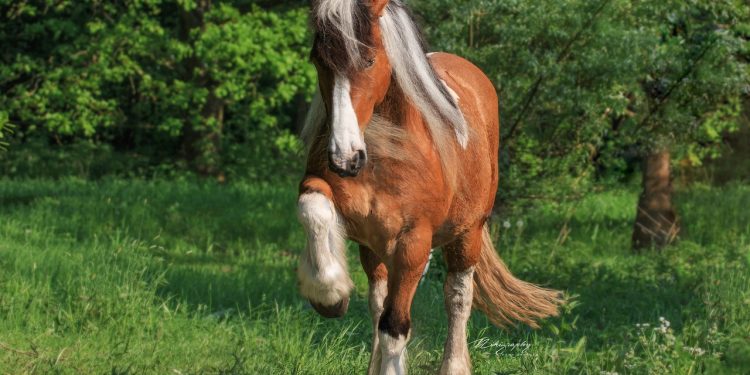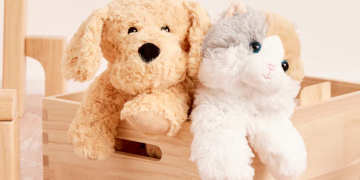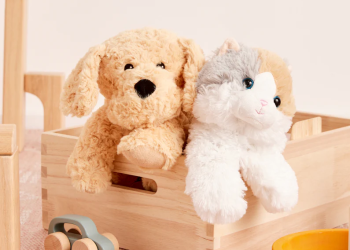Training your pet to “stay” is one of the most valuable commands you can teach. It enhances their safety, promotes self-control, and strengthens the bond you share. Whether you’re working with a dog, cat, or another type of pet, the “stay” command can be adapted to suit their unique learning style. This guide will walk you through the process of teaching your pet to stay using positive reinforcement techniques.
Why Teaching “Stay” is Important
Ensures Safety
The “stay” command can prevent your pet from running into dangerous situations, such as traffic or hazardous areas.
Builds Patience and Focus
Learning to stay helps your pet develop self-control, which can reduce impulsive behaviors.
Useful in Everyday Life
From preventing your dog from bolting out the door to keeping your cat away from countertops, “stay” is a versatile command with countless applications.
Preparing for Training
Set Up a Distraction-Free Environment
Start in a quiet area with minimal distractions to help your pet focus.
Gather Training Tools
- High-value treats
- A clicker (optional, but helpful for precise reinforcement)
- A leash (for dogs, to maintain control during initial sessions)
Keep Sessions Short
Training sessions should last 5–10 minutes to maintain your pet’s attention and enthusiasm.
Step-by-Step Instructions for Teaching “Stay”
Step 1: Introduce the Command
- Start with a Basic Position: Have your pet sit or lie down.
- Use a Hand Signal: Hold your hand up like a stop signal while saying “stay.”
- Pause Briefly: Wait for just a second before rewarding your pet to ensure they don’t move.
- Click and Reward: Use a clicker or verbal marker like “yes,” followed by a treat, to reinforce the behavior.
Step 2: Increase Duration
- Extend the Time: Gradually increase the length of time your pet stays in position before giving the reward.
- Use a Release Word: Introduce a release cue, such as “okay” or “free,” to signal that they can move.
- Reward Consistently: Always reward after the release to reinforce the behavior.
Step 3: Add Distance
- Take a Step Back: Step away from your pet while keeping them in the “stay” position.
- Return to Them: Always return to your pet before rewarding and releasing them.
- Increase Distance Gradually: Add one step at a time, ensuring your pet remains successful at each stage.
Step 4: Introduce Distractions
- Add Mild Distractions: Start with simple distractions, like clapping your hands or walking around them.
- Reward Focus: Click and treat when your pet stays despite the distraction.
- Progress to More Challenging Scenarios: Gradually increase the difficulty by practicing in busier environments or introducing other people or animals.
Troubleshooting Common Challenges
Breaking the Stay
- Revisit Basics: Shorten the duration or reduce distractions if your pet struggles.
- Be Patient: Avoid scolding your pet; instead, calmly reset and try again.
Lack of Focus
- Train After Exercise: A well-exercised pet is more likely to focus during training.
- Use High-Value Rewards: Treats that your pet loves can improve their engagement.
Inconsistent Performance
- Practice Regularly: Daily training sessions reinforce the behavior.
- Train in Various Locations: Help your pet generalize the command by practicing in different settings.
Tips for Success
Use Positive Reinforcement
Rewarding good behavior encourages your pet to repeat it. Treats, praise, and toys can all serve as effective rewards.
Be Consistent
Use the same verbal cue, hand signal, and release word every time to avoid confusion.
Gradually Increase Difficulty
Start with simple tasks and slowly build up to more complex scenarios to ensure your pet’s success.
End on a Positive Note
Finish each session with a success, even if it’s a small one, to keep your pet motivated.
Advanced Training Ideas
Duration Challenges
Once your pet reliably stays for short periods, work on extending the duration:
- Use a timer to track how long your pet stays.
- Gradually increase the time in small increments.
Distance Challenges
Practice staying from greater distances:
- Use a long leash to maintain control as you increase the space between you and your pet.
- Practice calling your pet to you from the “stay” position for added complexity.
Real-Life Scenarios
Incorporate the “stay” command into everyday activities:
- At the door: Teach your pet to stay while you open and close the door.
- During meals: Have them stay while you prepare or serve their food.
- On walks: Use “stay” at curbs or when encountering other dogs.
Training Different Types of Pets
Dogs
- Use a leash during initial training to guide your dog into position.
- Practice in various environments to prepare them for real-world scenarios.
Cats
- Keep training sessions very short, as cats have shorter attention spans.
- Use clicker training and high-value treats like small pieces of chicken to motivate your cat.
Small Pets
- For animals like rabbits or guinea pigs, use gentle guidance and reward with their favorite veggies or pellets.
- Practice in a safe, enclosed area to ensure their comfort.
Monitoring Progress
Track Improvement
Keep a journal of your pet’s progress, noting the duration, distance, and level of distraction they can handle.
Celebrate Milestones
Acknowledge each achievement, no matter how small, to maintain enthusiasm for training.
Teaching your pet to stay is a rewarding process that fosters patience, trust, and mutual understanding. With consistent practice and positive reinforcement, you can help your pet master this essential command and enjoy the benefits it brings to your daily life together.












